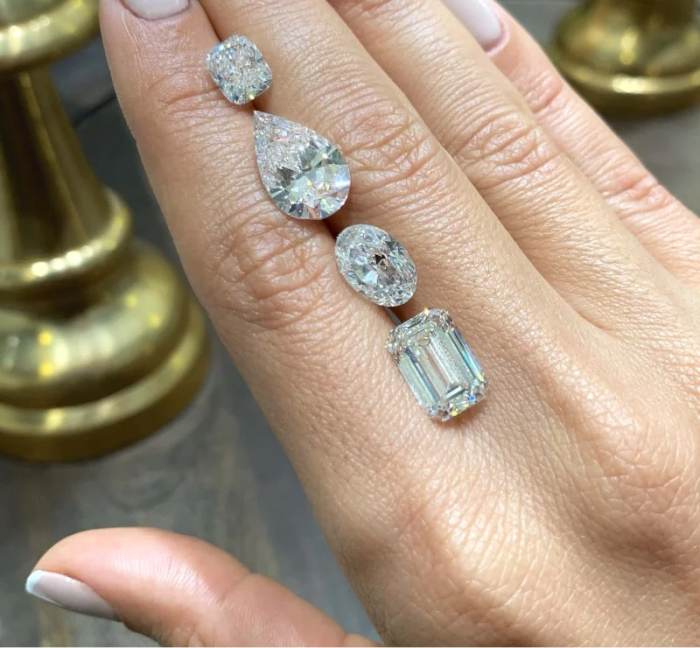Diamond Studs
Key points of Diamond Studs
1. DIAMOND QUALITY

2. SETTINGS

Bezel

Prong

Double Prong

Halo
3. Stud Size

Under 0.25 Carats

0.25 to 0.50 Carats

0.50 to 1 Carat

1 to 2 Carats
4. Stud Metal

White Gold

Yellow Gold

Platinum

Rose Gold
5. Occasion




